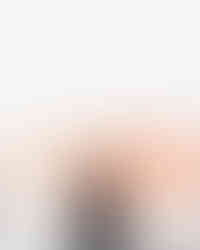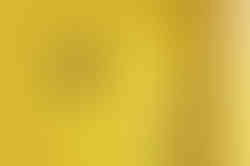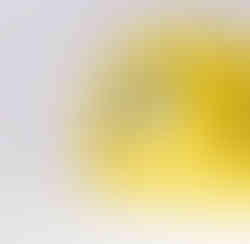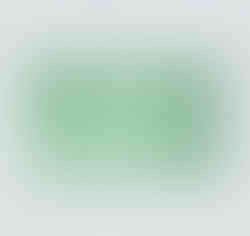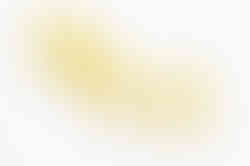Platycerium bifurcatum – Antler Shape and Epiphytic Care Guide
Platycerium bifurcatum, commonly known as the Staghorn Fern, is a uniquely structured epiphytic fern with broad, antler-like fronds and shield-shaped basal leaves. The grey-green, bifurcated foliage creates an organic, sculptural silhouette — ideal for mounting or hanging displays. Its growth form is unlike typical ferns: fronds fork outward like antlers, while basal leaves press against the mounting surface and help anchor the plant. A slow grower with a long lifespan, this species thrives in bright, indirect light and steady humidity, offering a bold botanical focal point for walls or airy corners.
Frond Shape and Growth Behaviour of Platycerium bifurcatum
- Fertile fronds: Long, antler-like and deeply forked; silvery-green to grey
- Sterile fronds: Round to shield-shaped; flat against the growing surface
- Growth habit: Epiphytic; naturally grows mounted or suspended
- Indoor size: Fronds can reach 40–90 cm depending on age and environment
- Texture: Slightly fuzzy surface due to protective trichomes
Natural Habitat and Background of Platycerium bifurcatum
Platycerium bifurcatum is native to rainforests in eastern Australia, New Guinea, and Java, where it grows on trees and rocks in bright, filtered light and high humidity. It thrives in warm, stable temperatures between 18–28 °C and depends on airflow and natural moisture to regulate hydration. As a true epiphyte, it absorbs nutrients and water through its fronds rather than from soil. Originally described by Cavanilles and later reclassified by Carl Frederik Albert Christensen, this species is the most commonly cultivated Platycerium due to its adaptability and resilience.
Platycerium bifurcatum is non-toxic and considered safe for pets and people.
How to Care for Platycerium bifurcatum
- Light: Bright, indirect light; avoid harsh direct sunlight which can scorch fronds
- Watering: Soak thoroughly when dry; allow to fully drain — typically once a week
- Humidity: Prefers 60–80%; low humidity may cause browning of frond tips
- Temperature: Ideal range is 18–28 °C; avoid cold drafts or temps below 10 °C
- Mounting: Best grown mounted on wood or in hanging baskets with sphagnum moss base
- Fertilising: Feed monthly during active growth with diluted foliar fertiliser or by watering over the root mass
- Propagation: Division of pups or basal offsets once mature
- Repotting: Not necessary unless remounting; avoid traditional pots
- Hydroponics: Not suitable — requires breathable mounting method
- Pruning: Only remove dead or fully browned fronds; do not cut green shield fronds
Common Problems in Platycerium bifurcatum Care
- Brown spots on fronds: Natural spore patches — do not confuse with disease
- Browning tips: Often caused by dry air or irregular watering
- Rotting base: Caused by overwatering or poor airflow — ensure full drying between soaks
- Scale insects: Occasionally appear on shield fronds — remove manually or use insecticidal soap
- Frond wilting: Usually indicates underwatering — soak thoroughly and allow to rehydrate
Additional Notes for Growing Platycerium bifurcatum
This is a long-lived, architectural species that rewards consistent care. Unlike typical houseplants, Platycerium bifurcatum thrives when mounted and allowed to breathe. Shield fronds play a protective role — never remove them even when brown. Recreate its natural tree-dwelling environment by providing vertical space, bright but indirect light, and consistent moisture cycles. With time, it develops a sculptural presence ideal for minimal or jungle-style interiors alike.
Etymology and Botanical Authority of Platycerium bifurcatum
The genus name Platycerium comes from Greek “platys” (broad) and “keras” (horn), referring to the wide, horn-like fertile fronds. The species epithet bifurcatum means “twice-forked,” describing the split in the frond lobes. It was first described by Antonio José Cavanilles and reclassified by Carl Christensen.
FAQs about Platycerium bifurcatum
- Can I grow it in a pot?
Not recommended — this epiphyte prefers to be mounted or grown in a breathable hanging setup. - How do I water it?
Remove from wall and soak in room-temperature water for 10–20 minutes, then allow to fully drain before remounting. - Does it need pruning?
No regular pruning — only remove dried-up fronds. Never cut the shield fronds even if they turn brown.
Buy Platycerium bifurcatum Now
With its sculptural antler-like fronds and easy epiphytic care, Platycerium bifurcatum is a showpiece for any indoor plant setup. Order now and mount a living work of botanical art in your home.
Platycerium bifurcatum
Platycerium bifurcatum is approximately 60 cm tall and comes in a ⌀ 25 cm pot
